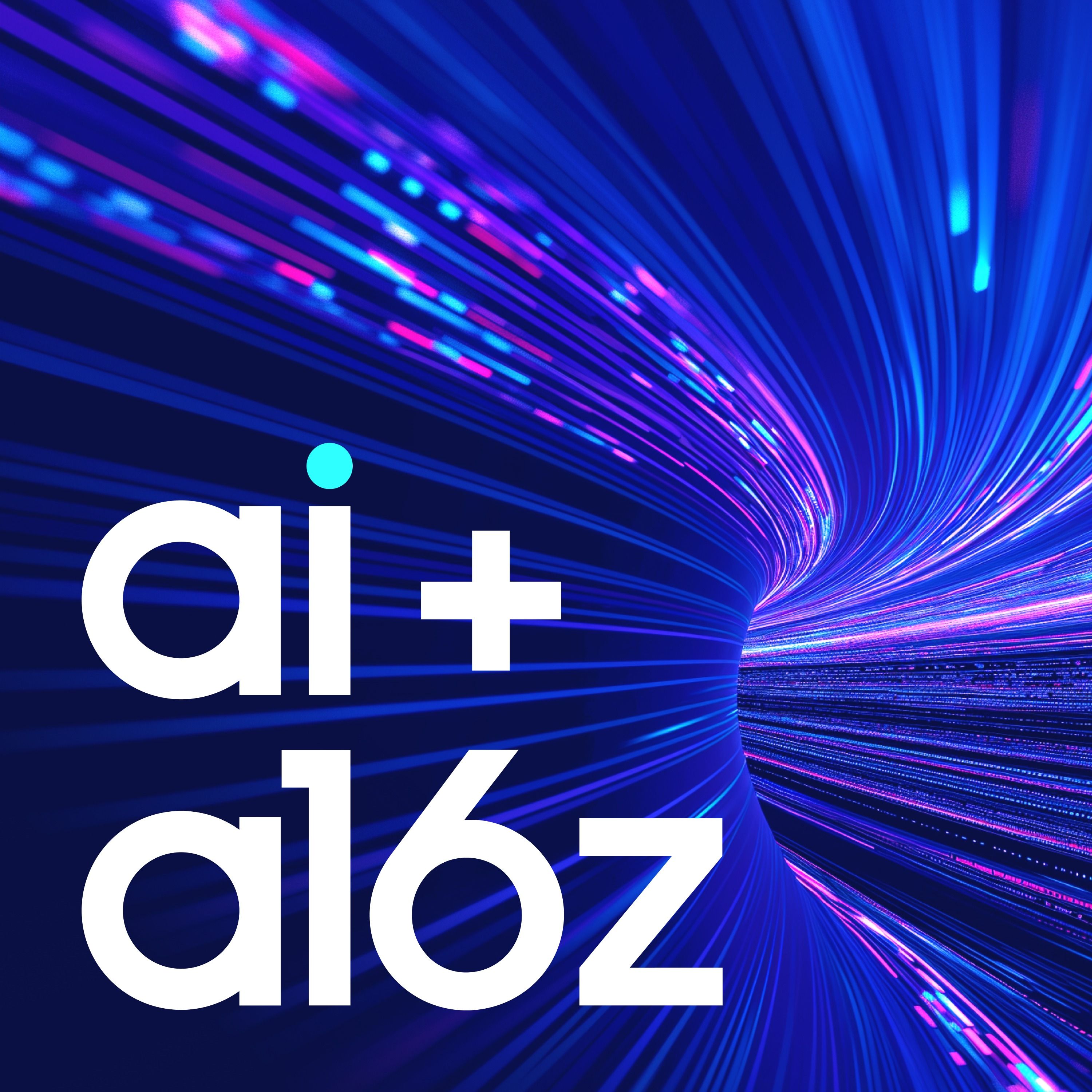
The Researcher to Founder Journey, and the Power of Open Models

AI + a16z
Deep Dive
Why did the founders of Black Forest Labs choose to release their models as open-weight licenses?
They believe in the value of sharing research findings openly to benefit the wider community, enabling experimentation and innovation. They also see it as a way to improve safety and transparency in AI models by allowing more people to analyze and contribute to their development.
What is the mission of Black Forest Labs?
To make the best image and video generation models widely available, enabling a new way of content creation for everyone while ensuring the sustainability of sharing research findings openly.
What are the key improvements in Black Forest Labs' Flux model compared to previous models?
Flux introduces better positional embeddings, more hardware-efficient implementations, optimized noise schedules, and improved scaling techniques. It also offers different variants with varying licenses to cater to specific needs.
How does Black Forest Labs approach the challenge of video generation controllability?
They focus on improving prompt adherence, temporal consistency, and object consistency across video cuts. Their model allows for better control over characters, objects, and settings within a single generation.
What was the biggest change in the data preparation and pre-training stages for Black Forest Labs' latest video model?
They made significant improvements in data pre-processing and pre-training, including better temporal compression and data filtering techniques. They also treated time as a first-class citizen in the model architecture.
Why is it important for Black Forest Labs to release open-weight models despite potential risks?
Open-weight models allow the community to identify and address biases, improve transparency, and contribute to the overall advancement of AI. This collaborative approach helps mitigate risks and enhances the safety of the models.
What are the main challenges in watermarking generated content to prevent misinformation?
Watermarking is challenging due to the ability to apply distortions to images and videos, which can break the watermarking process. However, open models allow for continuous improvements in watermarking techniques as new jailbreak methods are discovered.
How does Black Forest Labs' approach to model training differ from traditional methods?
They emphasize intuition, experience, and continuous feedback during training runs. Their team relies on the expertise of individuals who can quickly assess whether a training run is progressing in the right direction, which speeds up the development process.
What role does the image model play in the development of Black Forest Labs' video model?
The image model serves as a foundational base for the video model, providing diversity in styles and artistic elements that might not be captured in video data alone. It also allows for parallel development and faster progress in the video model's training.
What is the potential impact of AI models like Flux on creative workflows?
AI models like Flux can dramatically speed up creative workflows by providing a fast feedback loop for generating visuals from ideas. However, human input is still essential for decision-making, curation, and refining the final output.
Shownotes Transcript
In this episode of the AI + a16z podcast, Black Forest Labs) founders Robin Rombach, Andreas Blattmann, and Patrick Esser sit down with a16z general partner Anjney Midha to discuss their journey from PhD researchers to Stability AI, and now to launching their own company building state-of-the-art image and video models. They also delve into the topic of openness in AI, explaining the benefits of releasing open models and sharing research findings with the field.
Learn more:
Flux)
Keep the code to AI open, say two entrepreneurs)
Follow everyone on X:
Check out everything a16z is doing with artificial intelligence here), including articles, projects, and more podcasts.